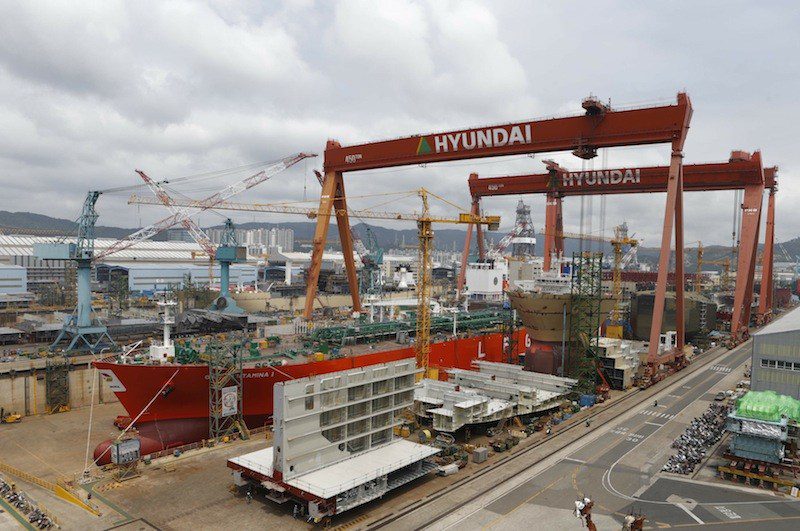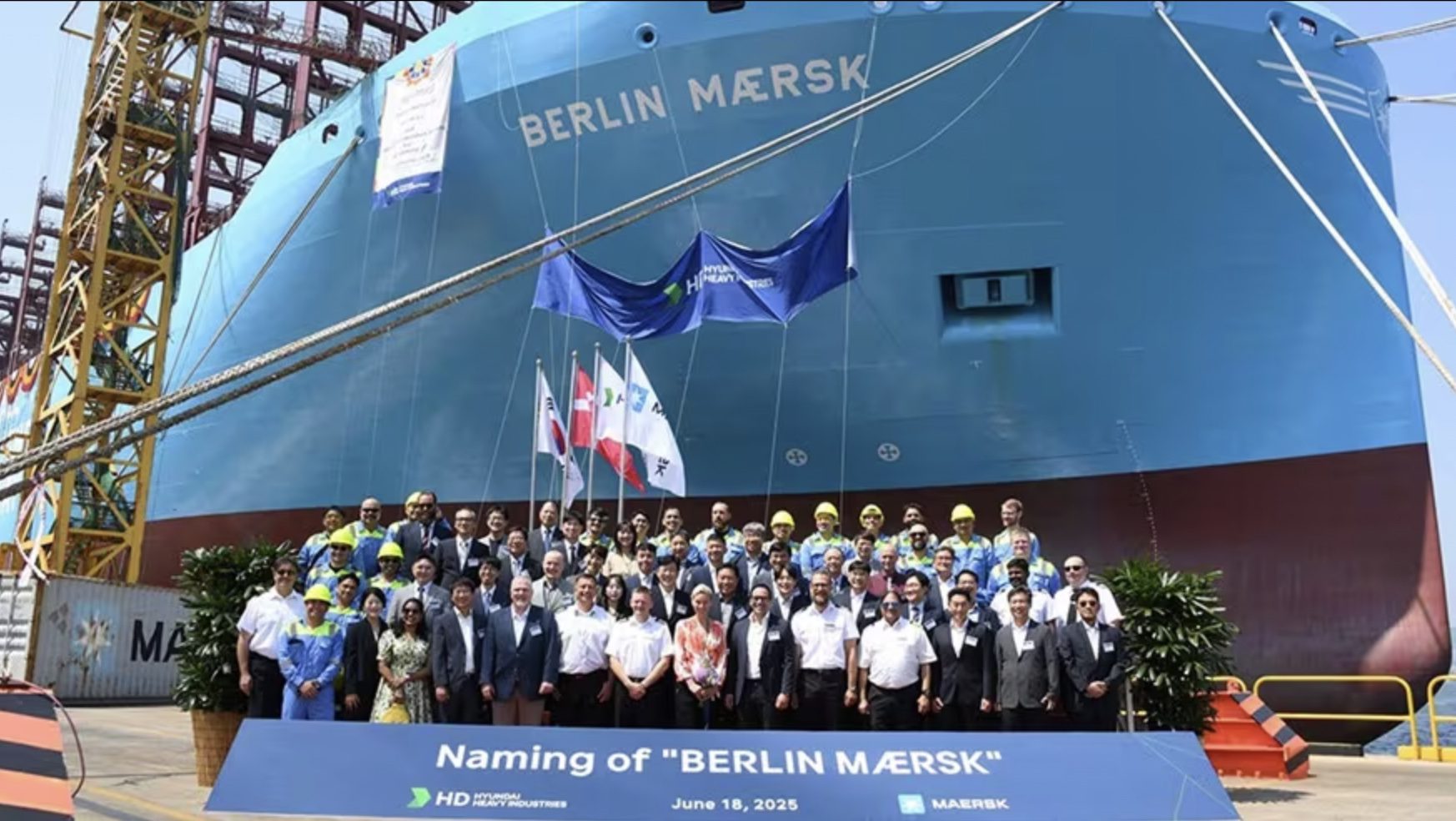US Chief of Naval Operations (CNO) Admiral Jonathan W. Greenert speaks to Sailors during an all hands call at Naval Base Kitsap-Bremerton. (U.S. Navy photo by Mass Communication Specialist 3rd Class Ruben Reed/Released)
“There’s some likelihood we’ll lose a builder,” commented Admiral Jonathan Greenert, the U.S. Navy’s Chief of Naval Operations during a presentation at the Brookings Institute on Tuesday.
Admiral Greenert was referring to the potential return of sequestration in 2015, a situation that has led to a significant amount of disruption at the 7 major shipyards that build U.S. Navy warships as well as the countless mid-level suppliers.
Sequestration, the last minute 10 percent chop of your annual budget is a “bad situation,” according to the CNO:
“You haven’t planned for it because you haven’t been told to and then you suddenly have all of your programs reduced by 10 percent. So you scramble for months to reprogram money and get the important monies where they need to be.
You lose months of work and months of hiring perhaps, if you’re trying to get engineers.
It’s very disruptive and that adds up if you do it year-after-year. That is worse than going to a long term budget control act.”
Five of the seven shipyards that build Navy warships are considered tier 1 and form the backbone of the United States’ shipbuilding capacity. These are, according to the CNO, Bath Iron Works, Electric Boat, Huntington Ingalls, Ingalls Shipbuilding – Pascagoula, and NASSCO.
The U.S. Navy is on a growth trajectory at the moment with a plan to hit 306 ships by 2020, up from 289 today. By 2025, the number is expected to top 317. This growth is due to the stable shipbuilding plan the U.S. has had over the past 5 to 6 years resulting in new warships being delivered on time and under budget.
With the inability to plan long-lead time items such as ships, and allow builders to price these incredibly expensive ships with the security of knowing that there will be more to follow, the result could be the loss of one of the major yards, the loss of various critical vendors and subsequently the loss of a competitive marketplace. Warships of the future will end up being be far more expensive and require a significantly longer time to build.
Listen to Admiral Greenert here and skip to around the 27 minute mark to hear these more specific remarks.
View more details on Brookings.edu

 Join The Club
Join The Club











